Staurogyne Wall.
Acanthaceae
Hygrophila, Macbridea, Mentha, Mimulus, Nelsonia, Veronica
tropical regions of Africa, America, Asia and Australia
(three species plus cultivated varieties and hybrids)
Staurogyne repens (Nees) Kuntze
S. rubescens Braz & R.Monteiro
S. leptocaulis Leonard [synonym of S. spraguei Wassh.]
An additional unknown species: Staurogyne sp. 'Bihar' was originally thought to be a species of Hygrophila.
information not available
not weedy
emergentemergent:
(adj) (syn. emersed) with parts raised out of the water; extending up out of the water
 , seasonally or artificially submergedsubmerged:
, seasonally or artificially submergedsubmerged:
(adj) (syn. submersed) under water; submerged below the water surface
 , amphibiousamphibious:
, amphibiousamphibious:
(adj) of a plant able to live on land or in water
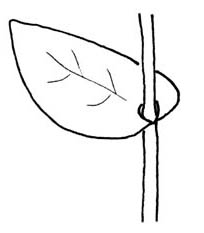 , herbs and undershrubs
, herbs and undershrubs
Small to medium herb; emersedemersed:
see emergent
 and submersedsubmersed:
and submersedsubmersed:
see submerged
 forms often differ morphologically. Stems erect or decumbentdecumbent:
forms often differ morphologically. Stems erect or decumbentdecumbent:
(adj) (of stems) having a portion lying along the ground, with upper parts erect or ascending
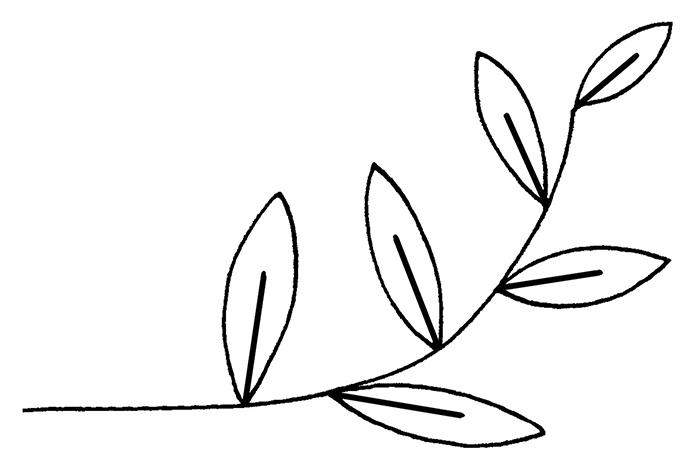 , branched or not; vegetativevegetative:
, branched or not; vegetativevegetative:
(adj) (1) pertaining to or to the growth of plant organs or plant parts that have nonreproductive functions, such as leaves, roots, stems, etc.; (2) concering non sexual propagules such as tubers, turions, stem fragments, root crowns, rhizomes
 and reproductive parts glabrousglabrous:
and reproductive parts glabrousglabrous:
(adj) without hairs or scales
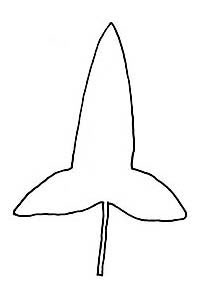 to glandular-hairy. Leaves usually oppositeopposite:
to glandular-hairy. Leaves usually oppositeopposite:
(adj) (of leaves) two leaves per node; in pairs on opposite sides of an axis
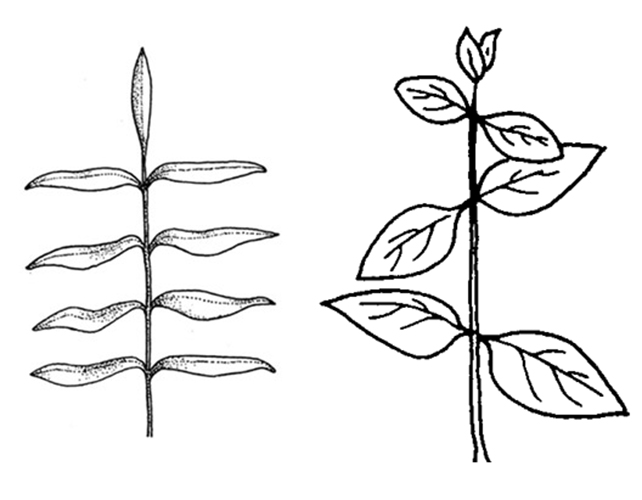 but uppermost leaves sometimes alternatealternate:
but uppermost leaves sometimes alternatealternate:
(adj) (of leaves) bearing one leaf per node; placed singly on the stem at different heights
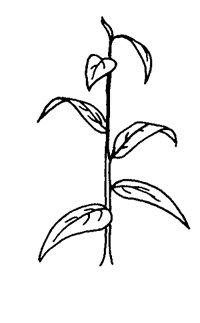 , intergrading with bracts; sessilesessile:
, intergrading with bracts; sessilesessile:
(adj) attached directly, without a stalk
 or petiolatepetiolate:
or petiolatepetiolate:
(adj) relating to or in the form of a petiole; bearing petioles
 ; leaf bladeblade:
; leaf bladeblade:
(n) (syn. lamina) the flat, expanded part of a leaf, frond, or petal (excluding, e.g., the petiole)
 variable within a single plant: typically ellipticelliptical:
variable within a single plant: typically ellipticelliptical:
(adj) in the form of an ellipse (oval)
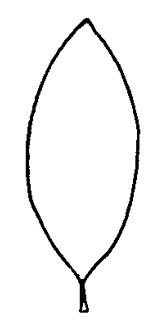 , ovateovate:
, ovateovate:
(adj) egg-shaped in outline; generally with the broad end at or near the base
 , or lanceolatelanceolate:
, or lanceolatelanceolate:
(adj) lance-shaped; widest point below the middle, tapering to the apex
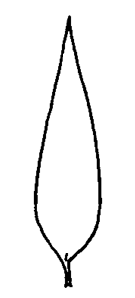 , and may be greatly dissecteddissected:
, and may be greatly dissecteddissected:
(adj) (of leaves) +/- deeply divided, cut, or lobed, including being compound
 in submersedsubmersed:
in submersedsubmersed:
see submerged
 forms. Inflorescenceinflorescence:
forms. Inflorescenceinflorescence:
(n) the arrangement of flowers on the floral axis
 an axillaryaxillary:
an axillaryaxillary:
(adj) in, of, or produced from an axil
 or terminalterminal:
or terminalterminal:
(adj) at the apex
 raceme or spikespike:
raceme or spikespike:
(n) an indeterminate, unbranching inflorescence of sessile flowers or flower clusters on a usually elongated axis
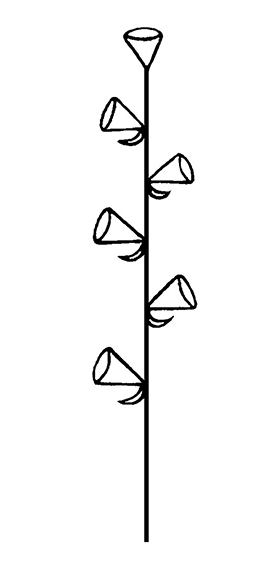 ; bracts leaf-like; bracteolatebracteolate:
; bracts leaf-like; bracteolatebracteolate:
(adj) possessing small bracts
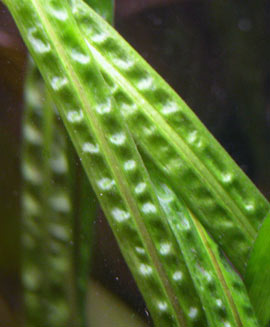 . Flowers bisexualbisexual:
. Flowers bisexualbisexual:
(adj) having both male and female sexual reproductive structures on one individual or in one flower
 , zygomorphiczygomorphic:
, zygomorphiczygomorphic:
(adj) bilaterally symmetrical; symmetrical along only one plane
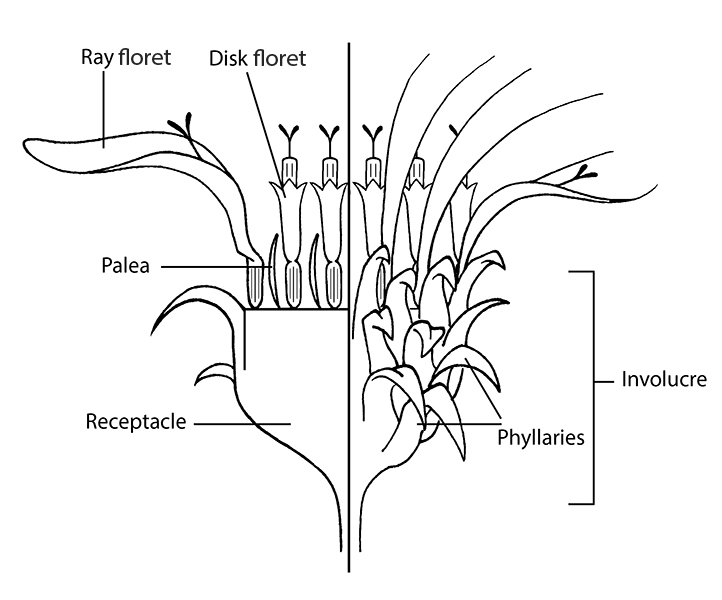 ; calyxcalyx:
; calyxcalyx:
(n) the outer whorl of the perianth; all the sepals of a flower
 lobes 5, equal or unequal; corollacorolla:
lobes 5, equal or unequal; corollacorolla:
(n) the inner whorl(s) of the perianth; all the petals of a flower
 tube 2-lipped, 5-lobed, subequal, widening at throat; stigmasstigma:
tube 2-lipped, 5-lobed, subequal, widening at throat; stigmasstigma:
(n) the portion of the pistil that is receptive to pollen
typically with 2 equal or unequal lobes; white to purple.
shaded and wet habitats, creeks, river banks, and drier parts of floodplains
Staurogyne contains 50 species. The commonly cultivated aquarium species are mainly native to Brazil. The identity of many species in the trade is uncertain and species names applied with caution. Staurogyne sp. 'Bihar' is a variable species for which the species name is not known.